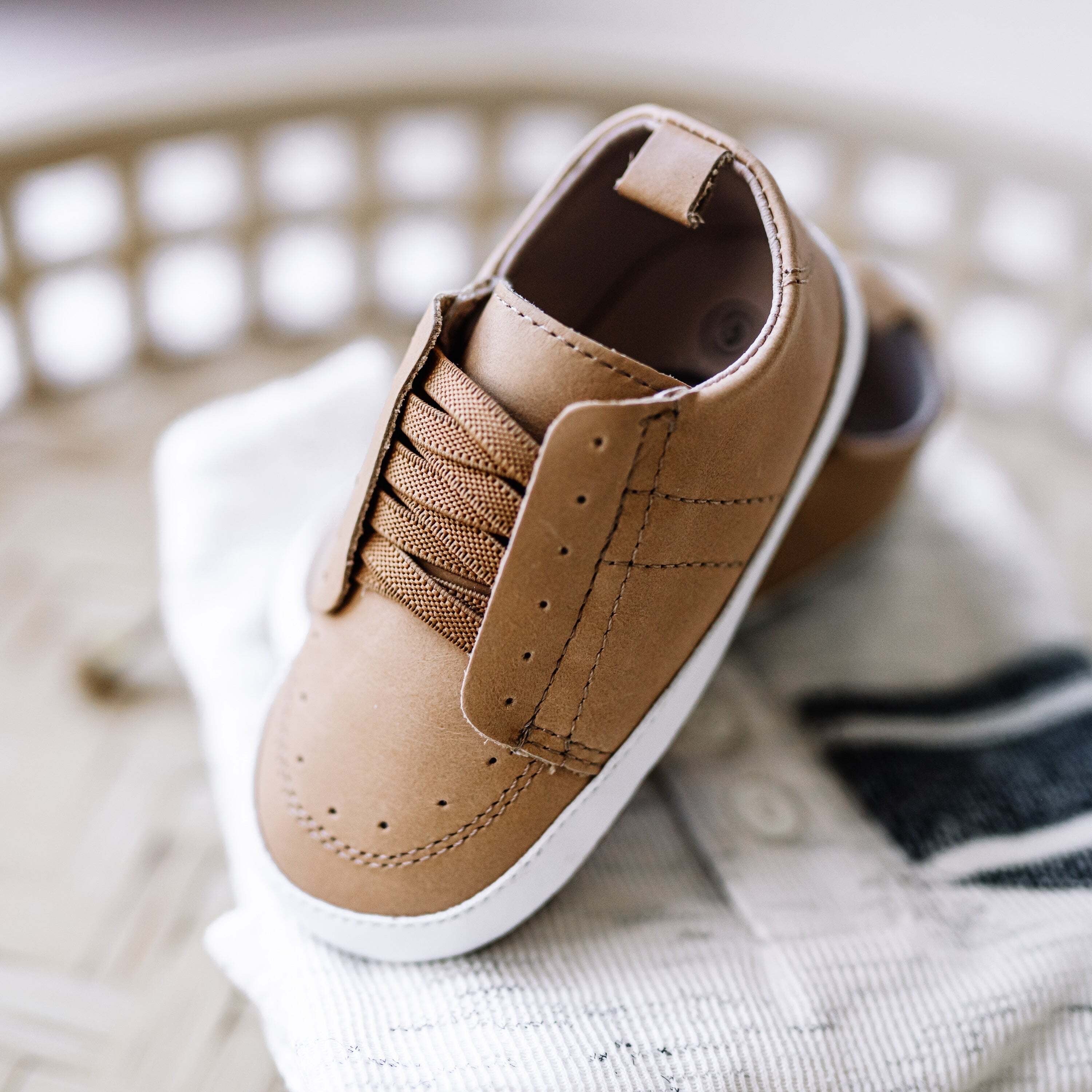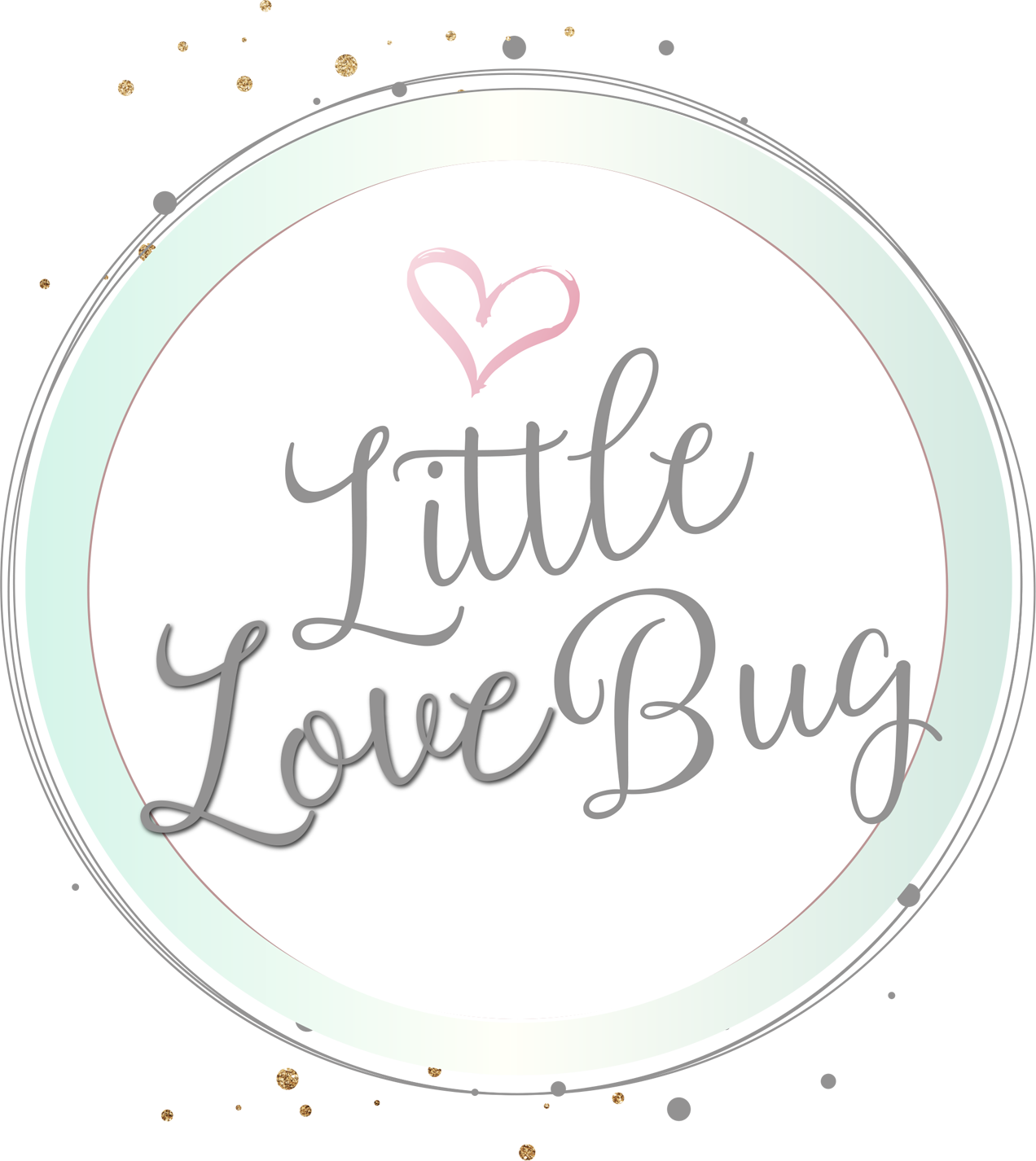
Witnessing your baby crawl for the first time is a memorable event. It’s also one of the first of many milestones parents start to look forward to once they hold their new baby in their arms.
On average, babies start to crawl when they are about 6-months old. If your baby is at this age and isn’t crawling yet, don’t fuss or stress too much because babies develop at different rates. So, it might not be an indication of any issues you need to worry about.
When Do Babies Start to Crawl?
On average you might first notice signs of your baby trying to crawl when they are 6 months old. By the time your baby is 10-months old, they could be moving around efficiently with their hands and knees.1
However, every baby is different, and some babies don’t start to crawl until they are 1-year old. Some don’t even use their hands and knees and may move around with their hands and bottoms.
Crawling Styles
When you picture a baby crawling, you are most likely to picture them on their hands and knees. While this might be the most common style of crawling, there are many other ways babies crawl
Commando Crawl: Your baby lies flat on their tummy and uses only their arms to move.
- Scoot Crawl: Your baby moves around with just their bottom. They sit upright and use their legs and bottoms to move around.
- Backward Crawl: Your baby will crawl or scoot backward with their legs and bottom.
- Classic Crawl: Your baby uses their hands and knees to move around.
- Crab Crawl: This is similar to the classic crawl but, here, your baby keeps their knees off the ground and moves with their hands and feet.
Some babies might use a combination of all of these styles, or even appear to have a style of their own and this isn’t something you should worry about. The important thing is that they are getting around and moving on their own.
Help Your Baby Crawl
As your baby starts to learn to crawl, there are some ways you can help to encourage them to do so more independently and build muscle strength.
Encourage Your Baby to Lay on Their Stomach
One way you can help your baby as they learn to crawl is by encouraging them to spend a lot of time on their tummies. This will help them develop their arm muscles because they'll be pushing themselves up with their hands—strong arm muscles are essential for crawling. Doing this also helps them to develop the muscles in their neck
Additionally, research shows that the more time babies spend on their tummy, the more likely they are to start crawling early.2
Allow Your Baby to Come to You
When your baby is learning to move on their own, try to stand away from your baby and encourage them to reach or come to you. If they take some time to do this, be patient. Each baby gets to the point of crawling at their own pace.
Transition to Walking
Once your baby starts to crawl properly, encourage them to spend as much time on the floor moving around as they'd like. This helps them to develop those muscles properly and get their bodies ready for the next developmental milestone—walking.3
Once your baby has spent a couple of months crawling, you might notice your baby trying to pull themselves up to their full height by holding on to things in the attempt to walk on their own.
If your baby was a belly crawler, they might progress to crawling on their hands and feet before they try to learn how to walk.
Every Toddler Is Different When Learning to Walk
When Your Baby Isn't Crawling
If your baby isn’t crawling yet between the ages of 6-months and 1 year, there's no need to worry yet, especially if you didn’t carry your baby to term. Many babies who are born prematurely might experience developmental delays in their early lives, but this is nothing to worry about because they are most likely to catch up to babies who were born full-term in no time.4
Furthermore, some babies skip crawling completely and start attempting to walk by pulling themselves up with their arms. So, if you see your baby do this even though they are not crawling, there’s no reason to be concerned.
One study suggests that the season your child is born might affect early development. According to scientists in this study, infants born in the winter months developed cognitive and psychomotor skills earlier than infants born in the summer.5
If your baby, however, is 18-months old and doesn't seem to move at all, it's a good idea to speak with a pediatrician to find out why this is the case.
A Word From Verywell
Once your baby starts to move around, it’s important to keep the entire house child-proof and safe. If you have stairs, put a gate at the top and the bottom until your baby is old enough to climb up and down the stairs with your supervision. While you can assist your baby as they start to crawl, it’s important you let them go at their own pace.
If you're growing concerned about your baby's inability to crawl, it's best to reach out to your pediatrician who can give you some professional insight and answers to any questions you may have.
Published on November 02, 2020



:max_bytes(150000):strip_icc()/Toketemu-Ohwovoriole-1000-square-headshot-8b2b153b72fb497ba129a7be5ce352dc.jpg)